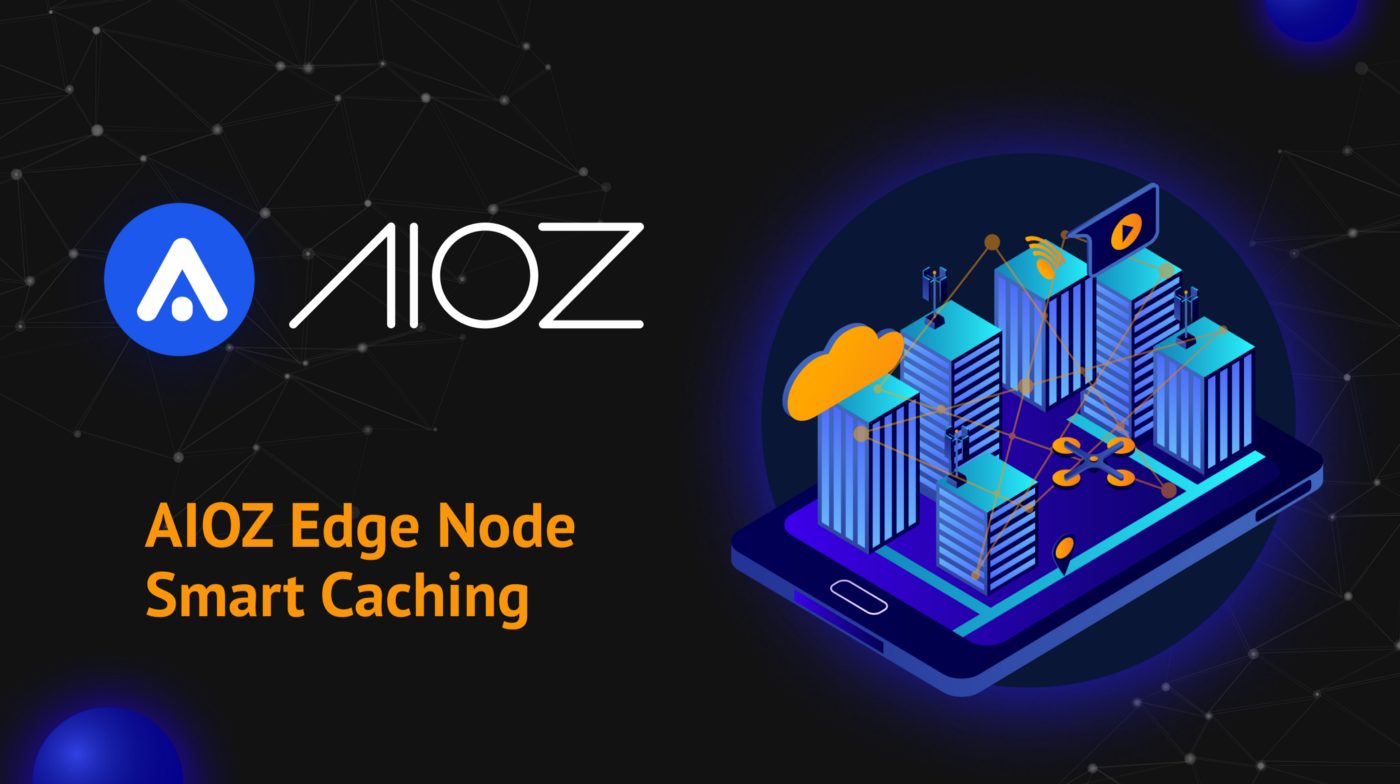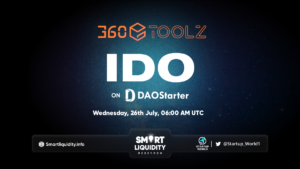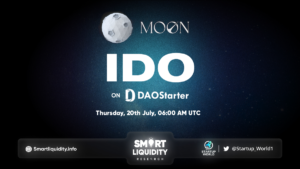AIOZ Network: Edge Node Smart Caching


Edge networking is a sophisticated and dynamic computing architecture that brings cloud services closer to the end-user, boosts responsiveness, and decreases backhaul traffic. Edge networks’ primary dynamic aspects include user mobility, preferences, and content popularity. Temporal and social characteristics of the material, such as the number of views and likes, are used to assess the worldwide popularity of content. Such estimations, however, are not always successful in being mapped to an edge network with specific social and geographic features. Machine learning techniques are employed in next-generation edge networks to forecast content popularity based on user preferences, cluster users based on comparable content interests, and improve cache placement and replacement tactics. Their work is to examine machine learning techniques for edge network caching within the AIOZ Network itself.

Figure 1: A general form of network caching.
Introduction
Cloud data centers and content delivery networks (CDN) provide back-end data storage required by mobile apps, which have low latency, mobility, energy efficiency, and high bandwidth. The latency between mobile users and geographically dispersed cloud data centers/CDNs is greatly influenced by distance. Many networking technologies have been proposed and implemented to bring processing and caching capabilities closer to end-users to deal with this problem. Mobile Edge Computing (MEC), fog computing, cloudlets, and information-centric networks are examples of these emerging technologies. Using in-network caching, edge networks have reduced the burden on backhaul networks while solving the problem of excessive content delay. Key research questions in caching in mobile networks include the popularity of multimedia, base stations, mobile users, and proactive and reactive to cache. Although the questions are straightforward, the solution for caching still needs to be optimized more.
To answer the question above, machine learning in wireless networks is used to estimate future user requests based on time-series dynamic mobility, popularity, and preference information. Given the limitations of user data available in edge networks, ML models that learn without prior knowledge are frequently used to optimize caching options.
Edge-based Intelligence for Edge Caching
Edge caching refers to a user-centric cache on the edge with limited storage capacity and stores material relevant to edge users. Because of the edge’s limited storage capacity and the dynamic features of the user (mobility, content access, etc.), the caching choice differs from CDN caching. In edge networks, Optimal Caching decisions are based on a variety of inputs which corresponding tasks that need to be optimized by learning, including:
- Content popularity and content popularity prediction task.
- User mobility and user mobility prediction task.
- Wireless channel and joint content identification task.
Although mentioned tasks can also output caching decisions, they further leverage Deep Heuristic to anticipate the mentioned input characteristics to optimum caching issues through Edge-based Intelligence for Edge Caching.

Figure 2: Edge-based Intelligence for Edge Caching.
A high-level conceptual framework of ML-based edge caching is depicted in Figure 2. Social awareness, mobility patterns, and user preferences are fed into an ML framework, federated across multiple nodes, and stored at dispersed MEC servers, F-RAN, or CDN. The social networks, D2D communications, and V2I communications are used to provide the ML-based caching decision framework inputs. Intelligent and optimum decisions are sent back to caches handled by network virtualization methods. Caching placement strategies are being innovated with the aid of UAV-mounted caches that could also be directed towards user populations and real-time events. For more details, let’s examine three mentioned optimum tasks in the Smart Edge Caching System that play an essential role in giving out caching decisions.
1. Content Popularity Prediction for Caching.
Their system uses the cloud-based architecture (master node), which leverages supervised and deep learning in two phases to estimate video popularity. Then, the system automatically pushes the learned cache decisions to the BSs (slave nodes). First, a data collector module gathers information on the number of video IDs requested to make predictions of popularity and class of videos based on supervised learning. Deep learning algorithms are used to estimate future video content request numbers. See Figure 3 and Figure 4 for more details about the system model and the architecture of the master node.

Figure 3: System model of learning-based caching at the edge.

Figure 4: Master Node Design.
The Algorithm below conducts the training processes for the estimation model at the cloud data center to improve the prediction accuracy. This method takes as inputs the best model m* and a subset of raw data d[t=1 : t=j]. This method produces an optimal trained model for predicting popularity scores. First, the accuracy measurement metrics mtacc, mvacc, mpacc are set to zero. The learning rate lm and the regularization rate m are then assigned to fixed values of 0.001.

Alg. 2 depicts the caching procedure at the BS to optimize cache hit. This algorithm’s inputs include user requests, BS log files, and learned models from the cloud data center, which are utilized to forecast popularity scores. This algorithm’s result is a decision on whether to save the predicted popular content.

2. Mobility Prediction for Caching.
Caching for mobile users is vital since wearable high-tech devices are more and more popular. Thus, mobility prediction is essential for optimizing the cache hit of mobile devices. They utilize Temporal Dependency, Spatial Dependency, and Geographic Restriction to forecast user locations in mobile networks.
The mobility models depict the movement of mobile nodes and the changes in position, velocity, and acceleration over time. Based on the Temporal Dependency mobility model, prediction systems presume that mobile node trajectories may be restricted by physical properties such as acceleration, velocity, direction, and movement history. The estimation is based on the premise that mobile nodes tend to travel in a correlated way and that the mobility pattern of one node is influenced by the mobility pattern of other adjacent nodes.
For Geographic Restriction, node trajectories are affected by the environment, and geographic constraints restrict mobile node mobility. Similarly, buildings and other barriers may obstruct pedestrians. They employ a completely cloudified mobility prediction service that enables on-demand mobility prediction life-cycle management to address this issue. The mobility prediction method is based on the Dynamic Bayesian Network (DBN) model, and the rationale for adopting DBN is that its present position determines the next place visited by a user, (ii) the movement duration, and (iii) the day that user is in motion. Figure 5 illustrates how to relocate content for mobile users. The output relocation contents are considered to access cache hit.

Figure 5: Content relocation architecture for a cache hit.
3. Joint Content Identification for Caching.
As shown in Figure 6, they describe a system model of the F-RAN RAN’s slice instances. Customized RAN slice instances are deployed to enable K0 hotspot UEs and K1 V2I UEs. Set K0 to represent hotspot UEs and K1 to represent V2I UEs. High rates are required by the hotspot UEs in the hotspot slice instance. As a result, M0 remote radio units (RRUs) are spread across K0 UEs and linked to the cloud server through fronthaul. M1 F-APs with popular content stored is situated in specific zones to reduce the strain on fronthaul. F-APs communicate with the cloud server through the Xn interface. In the V2I slice instance, the F-AP mode and RRU mode are also accessible when V2I UEs require delay assured data transfer.

Figure 6: A system model of RAN slice instances in F-RANs, wherein the deep Q-network (DQN) is utilized to decide to perform the content caching in F-APs and mode selection for UEs.
Here, they have employed a deep reinforcement learning (DRL)-based approach, in which a DQN is built using historical data (visit the Algorithm below for the process of DRL).

About the AIOZ Network
The AIOZ Network is a Layer-1 Blockchain-based Content Delivery Network that is about to bring a revolution to the entertainment industry.
📰 INFO
https://medium.com/aioz-network/aioz-network-smart-caching-7e2f090173e4




